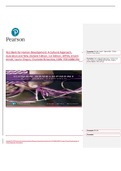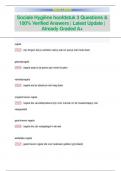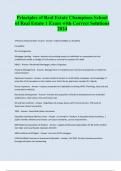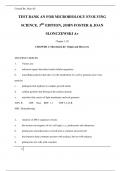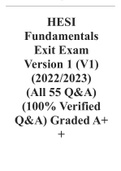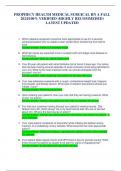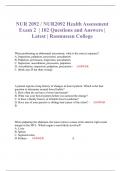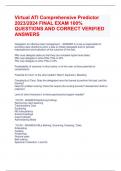Examen
Test Bank for Human Development: A Cultural Approach, Australian and New Zealand Edition, 1st Edition,
- Cours
- Établissement
Test Bank for Human Development: A Cultural Approach, Australian and New Zealand Edition, 1st Edition, Multiple choice: Choose the one alternative that best completes the statement or answers the question. 1. The way people grow and change across the lifespan is referred to as ____. A. devel...
[Montrer plus]
